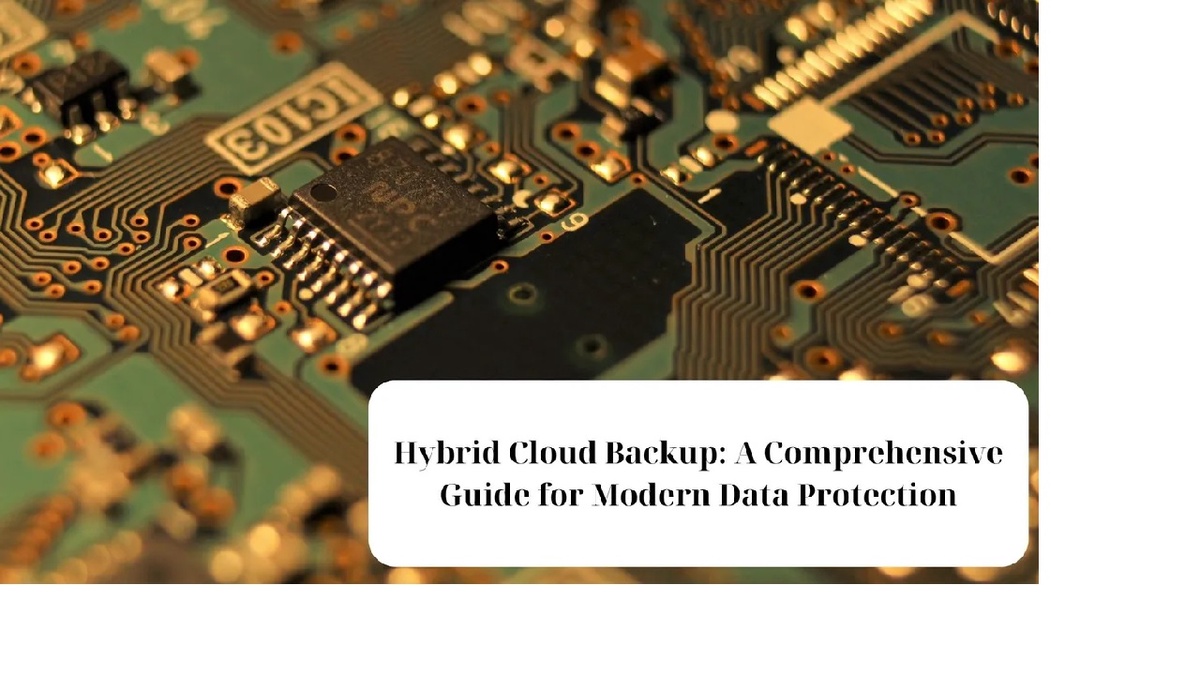In today's digital age, safeguarding critical data against unforeseen events like cyberattacks, system failures, and natural disasters has never been more paramount. Hybrid cloud backup emerges as a resilient solution, blending the scalability and flexibility of cloud storage with the security and control of on-premise data centers. This ultimate guide delves into the essentials of hybrid cloud backup, providing insights for businesses aiming to fortify their data protection strategies in the modern landscape.
Understanding Hybrid Cloud Backup
Hybrid cloud backup refers to a data protection strategy that combines on-premise hardware with cloud-based services to store and manage backup copies of data. This approach offers the best of both worlds: the rapid accessibility and enhanced security of on-premise solutions and the cost-effectiveness, scalability, and disaster recovery capabilities of the cloud.
Why Hybrid Cloud Backup?
Enhanced Data Protection: By storing backups in multiple locations, businesses can protect against data loss from physical damage or cyber threats.
Cost Efficiency: Hybrid cloud backup allows organizations to optimize costs by utilizing on-premise storage for critical data and the cloud for less sensitive information.
Scalability: As business data grows, hybrid cloud solutions can easily scale up, offering flexible storage solutions without the need for significant upfront investment in physical infrastructure.
Compliance and Control: For industries regulated by strict data protection standards, hybrid cloud backup ensures data is stored and managed in compliance with legal and regulatory requirements.
Implementing Hybrid Cloud Backup
1. Assessing Data Needs: Begin by identifying what data needs to be backed up, considering factors like sensitivity, regulatory requirements, and how often it changes.
2. Choosing the Right Solutions: Select a hybrid cloud backup solution that fits your business's specific needs, considering factors like cost, scalability, security, and ease of use.
3. Regular Testing and Monitoring: Implement regular testing of your backup system to ensure data can be recovered effectively. Continuous monitoring for any potential threats or vulnerabilities is also crucial.
4. Employee Training: Educate your staff about the importance of data backup and ensure they are familiar with the process. Human error is a common cause of data loss, so awareness can significantly reduce risks.
Best Practices for Hybrid Cloud Backup
- Encrypt Data: Always encrypt data before transferring it to the cloud to protect against unauthorized access.
- Implement Strong Access Controls: Use robust authentication methods and limit access to backup data to prevent misuse.
- Regularly Update and Patch Systems: Ensure that all systems involved in the backup process are regularly updated to protect against vulnerabilities.
- Choose Reliable Partners: Work with cloud service providers known for their reliability, security measures, and compliance with industry standards.
Conclusion
Hybrid cloud backup represents a sophisticated approach to data protection, blending the strengths of on-premise and cloud-based solutions. By understanding its fundamentals, assessing specific needs, and following best practices, businesses can implement a robust data protection strategy that safeguards against a wide array of risks. In the era of digital transformation, embracing hybrid cloud backup is a step forward in ensuring data security and business continuity.


No comments yet